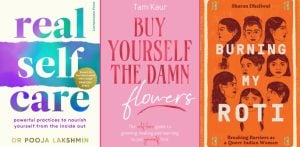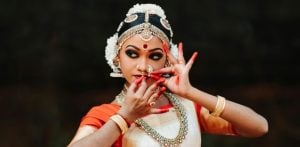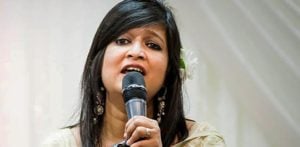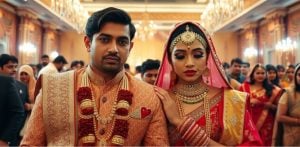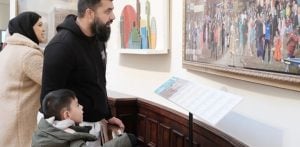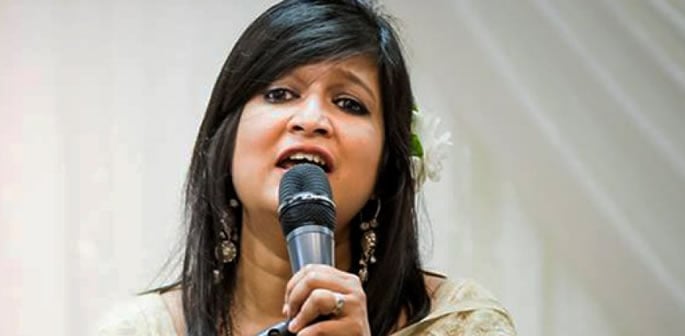She said radio stations often limit Bangla tracks
Renowned Rabindra Sangeet artist Sahana Bajpaie has warned of what she sees as a steady decline in Bengali identity.
In a Facebook post, she criticised the growing trend of prioritising Hindi songs over Bangla music, even at quintessentially Bengali celebrations such as Pahela Baishakh and Durga Puja in Kolkata.
According to Bajpaie, organisers sometimes invite lifelong Bangla performers only on the condition that they also sing Hindi songs.
She stressed that such practices dilute the spirit of these events, which were originally meant to celebrate Bengali artistic heritage.
The artist noted that television dramas regularly insert Hindi songs to raise ratings, reducing airtime for native-language music.
She said radio stations often limit Bangla tracks to just a few plays daily, despite audience demand.
From her own life, Bajpaie recounted facing criticism from senior cultural figures questioning her Bengali authenticity and understanding of Rabindranath Tagore.
Bajpaie has taught Bengali at the University of London for over a decade, alongside performing worldwide in prestigious venues.
She performed Pratul Mukhopadhyay’s ‘Ami Banglay Gaan Gai’ and Rabindra Sangeet in the British Parliament, earning acclaim beyond South Asia.
Despite such credentials, she revealed she was asked to sing Hindi songs during a Pahela Baishakh event in Kolkata.
Bajpaie argued that neglecting one’s own language weakens a community’s cultural foundation and invites dominance by external cultural forces.
She believes linguistic pride must be cultivated within families and reinforced across public and institutional life for long-term cultural preservation.
Her post also attacked cultural double standards she believes are entrenched in contemporary Bengali society and celebrations.
She observed that students wearing ripped jeans and playing the daff while singing Bangla songs face criticism from conservative audiences.
However, she said, those dressed in festive dhuti and panjabi are rarely criticised for dancing to Hindi songs in public.
Bajpaie’s reflections suggest that aesthetic appearances often overshadow the substance of cultural expression in judging what is considered truly Bengali.
She cautioned that if these contradictions persist, Bengali culture may lose its distinctiveness and become blurred with dominant cultural narratives.
Her post ended with a challenging question for readers: has the definition of being Bengali shifted beyond recognition today?
Sahana Bajpaie left her audience to ponder whether this is a natural cultural evolution or a slow surrender of identity.




